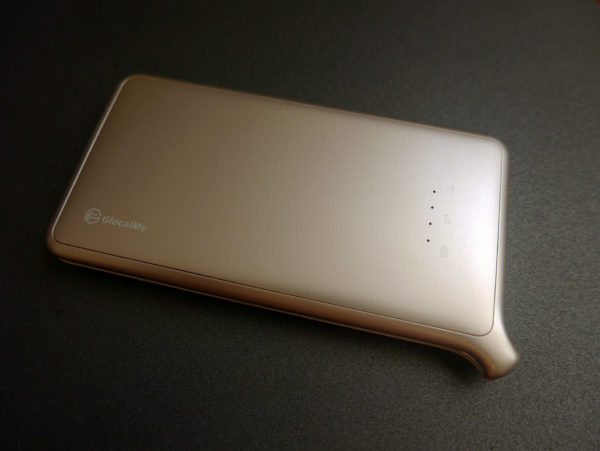
If you travel a lot around the globe, a handy mobile hotspot gadget like the GlobalMe U2 would be a handy companion.
Not just any Mi-Fi gizmo, mind you, but one that doesn’t require a SIM card and can conveniently hook you up in various countries without the hassle of re-configuration.
The gadget itself looks like a sleek MiFi device that lets you link up to a local mobile network and share a connection via Wi-Fi with a travelling party. However, the U2 offers a lot more.
The main selling point is the “cloud SIM” technology that GlocalMe, a Hong Kong-based company, uses to offer international data roaming packages without the need for a physical SIM card.
Like with Google’s Project Fi, for example, you can travel around the world and hook up to a preferred mobile network and automatically get connected.
No more buying local SIM cards or being charged expensive roaming rates by your telecom operator, goes the GlocalMe sales pitch. Most importantly, its data packages are very flexible.
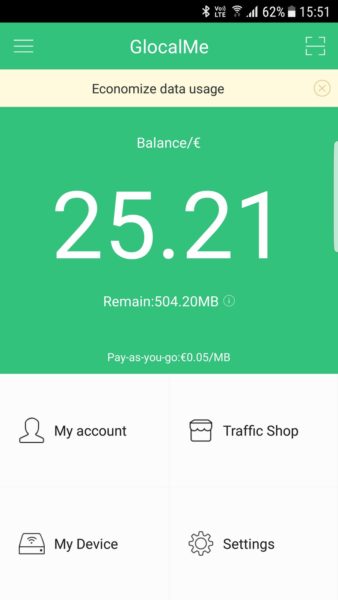
You can buy unlimited data for 58 countries for an annual fee of 355 euros (S$551), which is a bargain if you’re running a small company that has people travelling during different times of a year.
There are also country packages, say, a 1GB offering for only 5 euros in China – a steal – that’s valid for 30 days. For Hong Kong or Japan, it’s 7 euros and you can also bundle three countries – China, Japan and South Korea for the same price.
For also 7 euros, I can buy a seven-country Western Europe pass as well. Or just pick a single country and buy what I want. The idea is endless flexibility.
I tried out the service when I was travelling in Thailand a couple of weeks ago. True to its claim, the GlocalMe U2 gadget connects up to a local mobile network without any fuss. I was quickly able to get online with my Android phone, and minutes later, the rest of my family’s phones and tablets.
I can’t say if the connection was faster than the data roaming link I had previously been using via my telco, but the GlocalMe service was stable and solid throughout a drive from a resort in Koh Samui to the local airport.
Perhaps it matters that the U2 is the latest MiFi gadget from GlocalMe that supports 4G as well. Previously, the company had run a Kickstarter campaign to get its earlier G2 portable hotspot device off the ground.
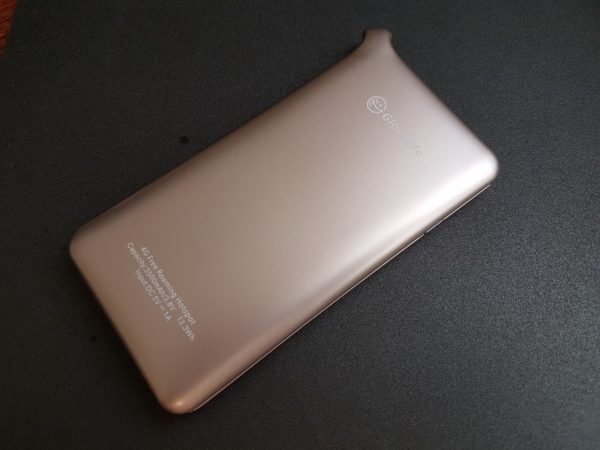
The U2 doesn’t have a screen, but you probably don’t need it once you have got the GlocalMe app on your phone. Here, you can your balance and account, and check out the battery level on the U2 device as well. If there’s a problem, you can connect to the U2 via its IP address, like on your home router.
I’m happy to say the modest 3,500mAh power pack works well too. After a good many hours on it during a trip in Thailand, the battery meter still stood at more than 60 per cent. Sure beats bringing a spare Android phone on a holiday to use as a mobile hotspot, as I did last year on holiday in Japan.
In Singapore, the prospect of buying SIM cards when overseas is less attractive nowadays with more affordable roaming deals like M1’s Data Passport, which lets you use your local data quota while roaming.
Still, these services are not free to use. You still have to turn them on. For M1, the fee is S$10 if you travel to a popular destination like Australia, Hong Kong or Malaysia. The fee goes up to S$25 for countries such as Japan, China or Britain.
And for a recent work trip to Belgium, I had to buy a Euro passport for S$50, even though I didn’t need to travel to the other 27 countries that the offer extends to. Perhaps Belgium is not a popular destination for M1 customers.
In this case, the GlocalMe service would have helped. A 1GB package, enough for the five days I was in Belgium, costs 12 euros (S$18), less than half the fee I paid M1.
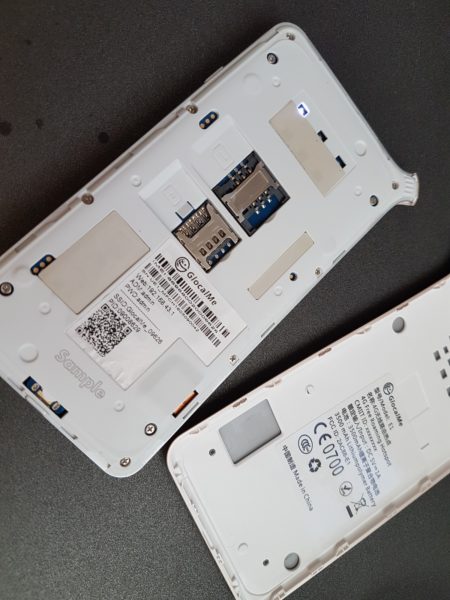
Of course, I’d first have to fork out about US$140 (S$194) for the U2 device on Amazon. However, if you travel a lot and desire flexibility and ease of connection, it will surely pay for itself after a few trips.
That’s not to mention that the U2 looks sleek as well. I tried out a gold-coloured sample, but you can also choose the darker one on Amazon.
And yes, if you do find a cheaper local SIM, you can slot in two of them inside as well to turn the gadget into a regular MiFi device. That makes the price a no-brainer, if you’re looking for such a gadget.
Perhaps the only thing that GlocalMe should improve on is the manual. With half the footprint of a business card, it looks tiny and insignificant. But don’t throw it away.
Inside, you’ll learn to pull apart the U2 to discover the all-important Wi-Fi password to hook up your devices. Get past this one-time annoyance and the GlocalMe U2 should be a great device to bring along on your travels.
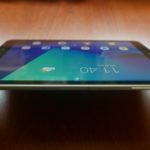






Recently “Glocalme” has been found to be infringing on the patent owned by Skyroam.com. Legal judgments did not allow them to sell infringing products in the United States. Here is the background: http://www.globallegalchronicle.com/simo-holdings-v-ucloudlinks-patent-litigation/
Alfred,
A couple of questions:
Were you able to test the unit using a SIM card instead i.e. using the data via a telco SIM instead of the CloudSIM from Glocalme?
There are reports of data bleed and that reload data getting used up quickly. Any experience with that? Given that the data plans are sold by the hardware manufacturer, this may not be far-fetched,
Also, some complaints online about the re-load process being difficult. Your experience if any?
Thanks,
Hi Poh,
I haven’t tested it with a separate SIM, unfortunately. I can’t say about data bleed but as far as I can see, from my limited usage of the device. The reload is easy with the app.
Ok thanks! Mixed reviews thus far. Will decide if it is worth a short at about $200
Any update please Poh – did you get one?
No, decided not to get the Glocalme after checking it out at HK airport. The form factor is too large for my liking and more critically, I am not too comfortable about buying data from a single source that happens to supply the hardware.
I ended up purchasing the Alcatel One Touch and it has served me well